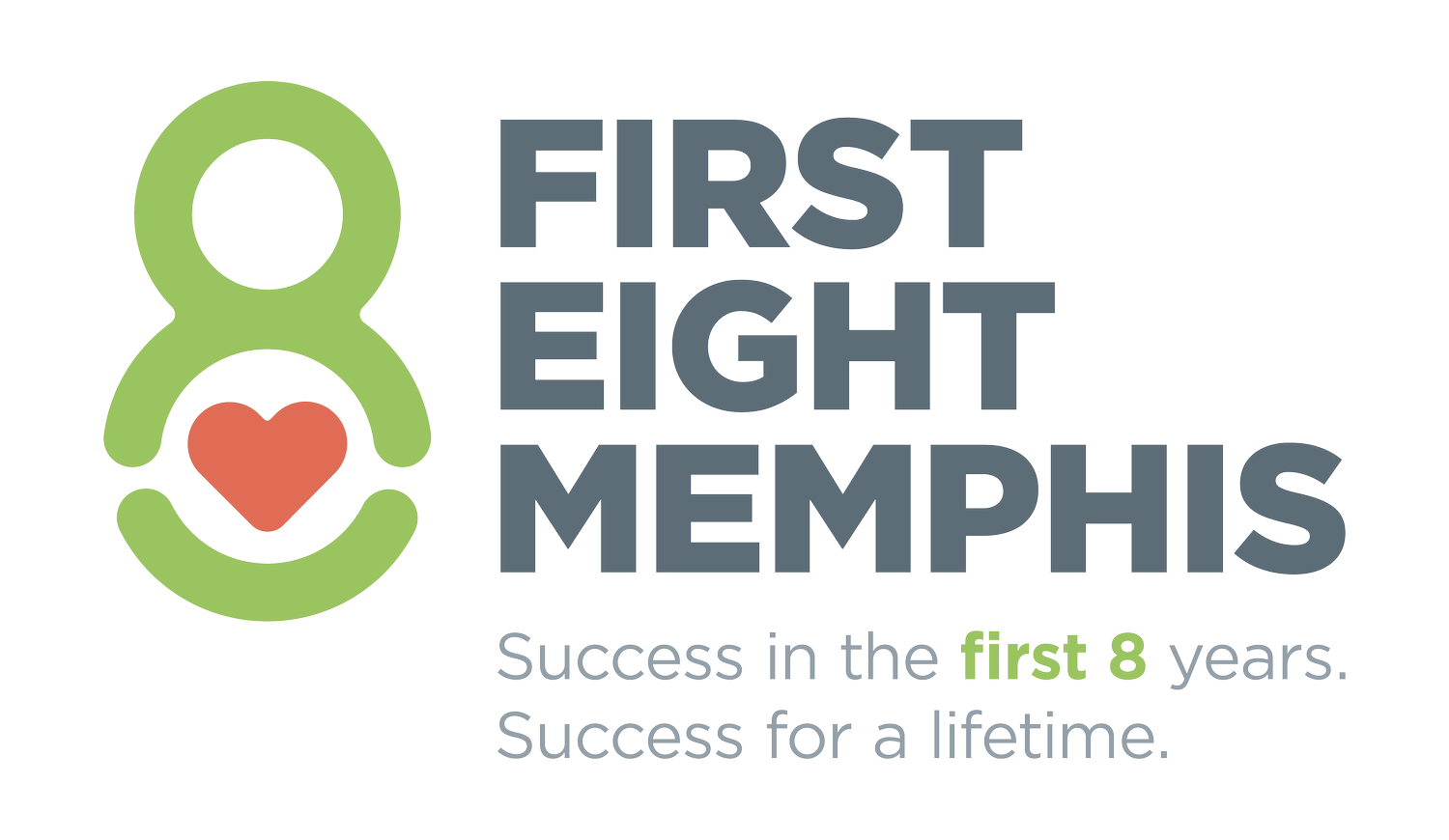Page by Page: Pre-Kindergarten-Third Grade Literacy
By Latetrica Wilson, First 8 Memphis Intern Fall 2020
When I was a child, going into preschool I did not know how to read; I barely knew the 9 letters in my name. I was not the only one that struggled with letters, sounds and reading. No one in my pre-k class could read. However, by the end of the year, my class were all expected to have their alphabets down, and more kids were learning phonological skills. By the end of first grade, most kids were reading two and three letter words. Those who had challenges got a little extra help in second grade and were caught up by the end of the year.
According to the American Academy of Pediatrics reading books with a child beginning in early infancy can increase vocabulary and reading skills four years later, before the start of elementary school. Engaging children in literacy early in life have shown an increase in emergent literacy skills, such as name-writing by age 4.
High-quality pre-k programs can provide a jump start on building a strong foundation for pre-reading and school readiness skills because of its influences on healthy brain development. Therefore, policymakers and educators now have a deeper understanding of how to foster young children’s learning. Research shows that participation in high-quality Early Care and Education (ECE) programs including child care, prekindergarten, Head Start and Early Head Start can provide children with the tools and skill they need to be successful throughout school and beyond.
There are many strategies for addressing early literacy; however, standards have been reorganized to fit children’s needs today to enhance kindergarten readiness. According, to Tennessee Early Learning Developmental Standards, there are over 90 standards kids are expected to meet, including:
Recognize and name all upper- and lowercase letters of the alphabet.
Associate the long and short sounds with common spellings (graphemes) for the five major vowels.
Use the most frequently occurring inflections and affixes (e.g., -ed, -s, re-, un-, pre-, -ful, -less) as a clue to the meaning of an unknown word.
[And, by the end of the year:] Read emergent-reader texts with purpose and understanding.
Early literacy has proven to have a significant impact on graduation rates across a variety of contributing factors. Therefore, third graders who are not reading at grade level are among the most vulnerable to drop out of school in later years.
However, third grade has been identified as important to reading literacy because it is the final year children are learning to read, after which students are “reading to learn.” If they are not proficient readers when they begin fourth grade, as much as half of the curriculum they will be taught will be incomprehensible.
SOURCES:
American Academy of Pediatrics (2014). Literacy Promotion: An Essential Component of Primary Care Pediatric Practice. Retrieved from https://pediatrics.aappublications.org/content/134/2/404
National Conference of State Legislatures (2019). Pre-Kindergarten-Third Grade Literacy. Retrieved from https://www.ncsl.org/research/education/pre-kindergarten-third-grade-literacy.aspx
Raising Readers (2020). Why is Early Literacy Important? Retrieved from https://www.raisingreaders.org/understanding-early-literacy/why-is-early-literacy-important/
Tennessean (2020). Support Tennessee Gov. Bill Lee’s push to invest more in literacy for children/opinion. retrieved from https://www.tennessean.com/story/opinion/2020/03/06/tennessee-literacy-push-governor-bill-lee/4954101002/
Early Learning developmental Standards (Tn-elds). Retrieved from https://www.tn.gov/education/instruction/academic-standards/early-learning-development-standards.html
